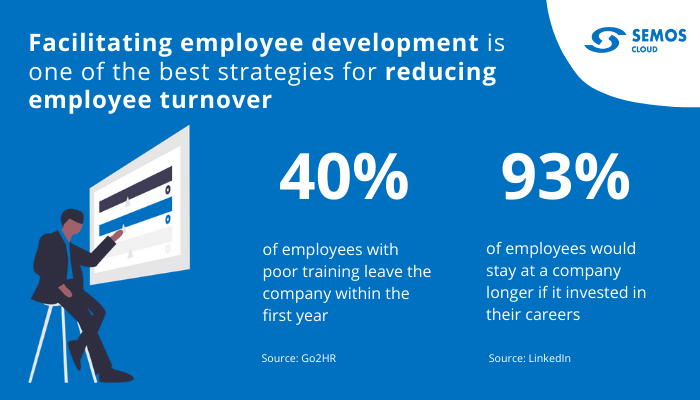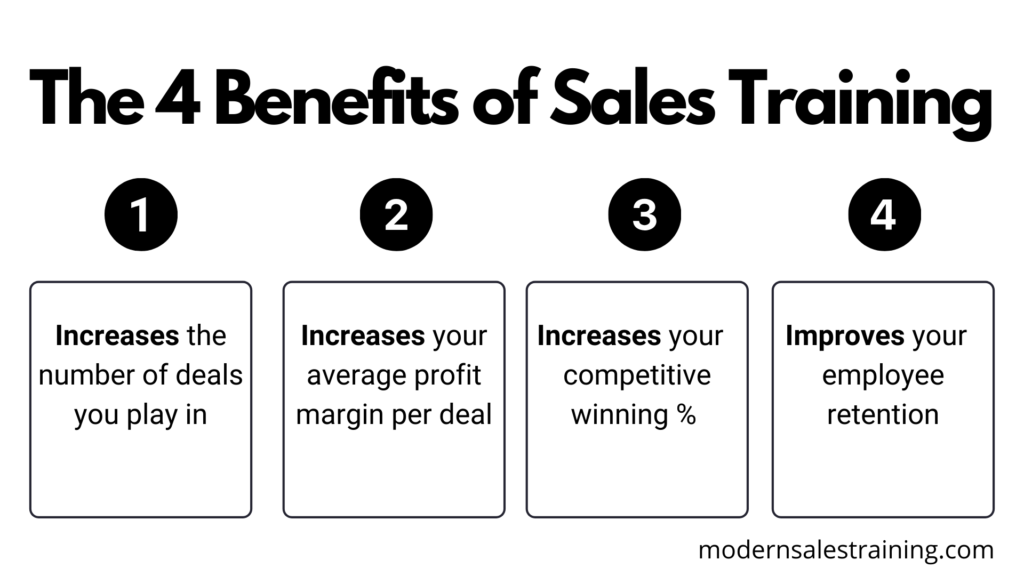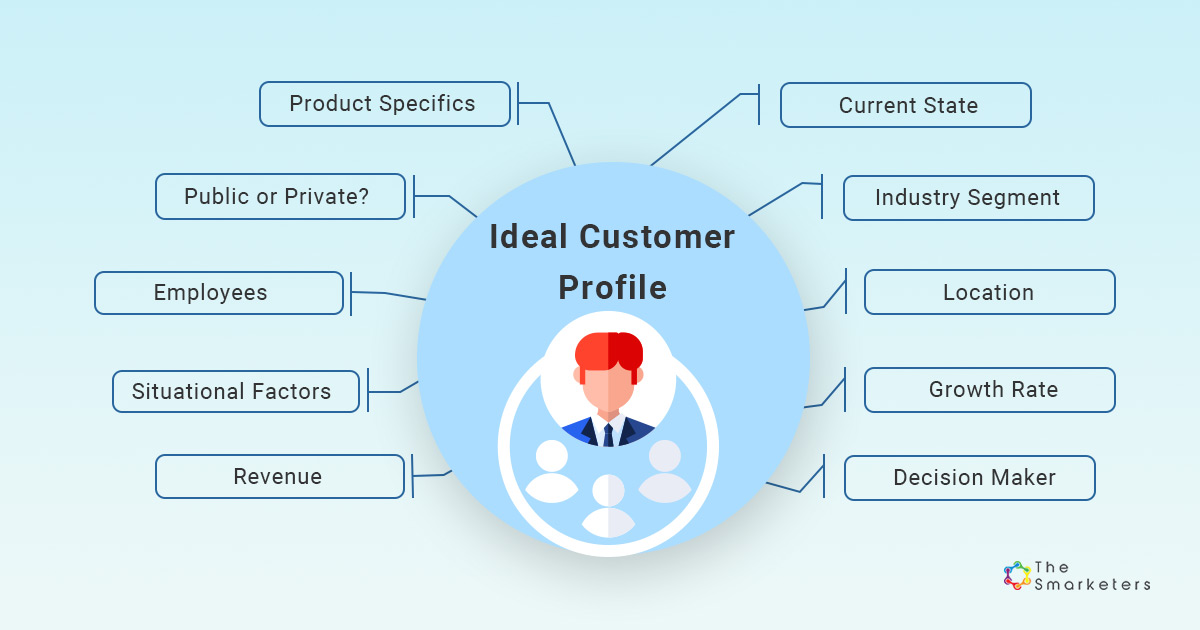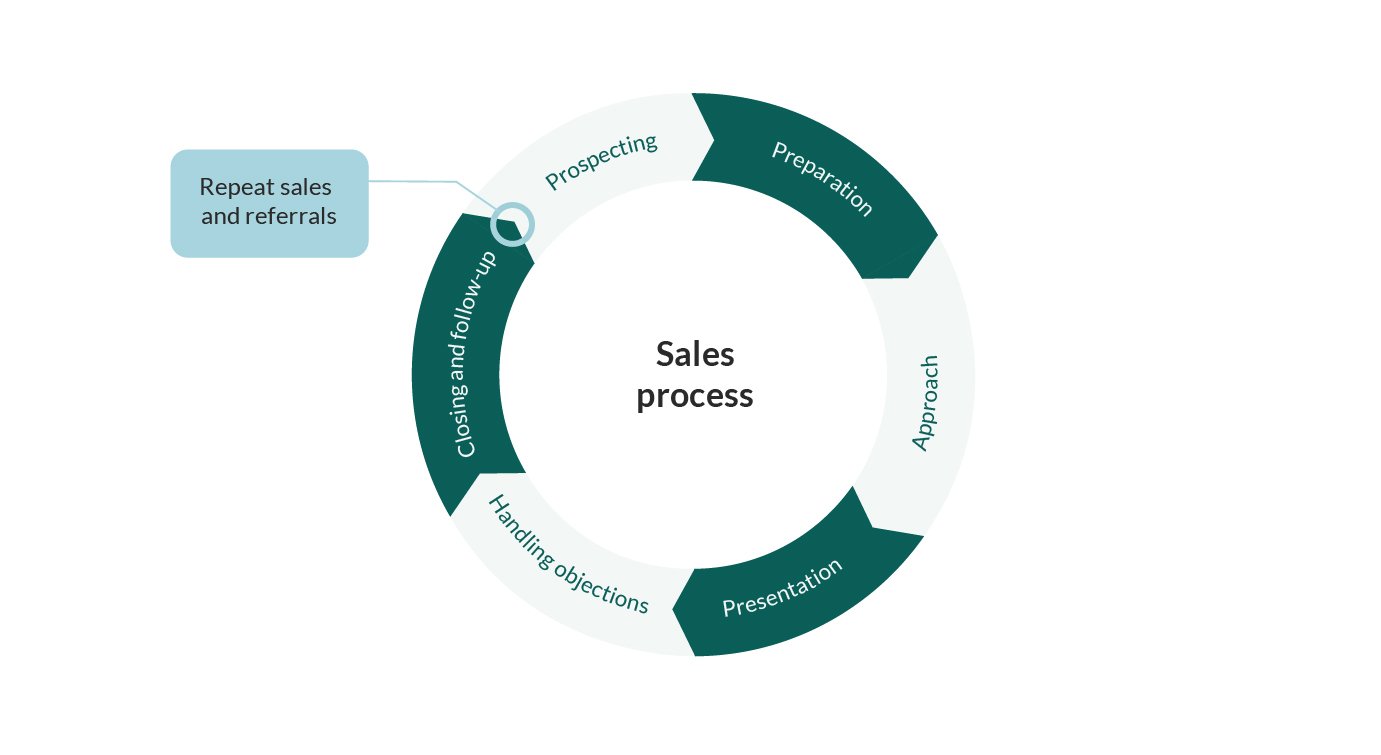In a previous post, I mentioned that it typically takes about 11 months for a new salesperson to become fully productive and around 15 months to become a top performer. That’s one of the main reasons why salesperson training is so important. It accelerates ramp time and helps reps reach their full potential more quickly and succeed in a competitive environment.
But this brings up a pressing question. What exactly is the ROI of salesperson training? And how much can you expect to get back for every $1 you invest?
That’s what I’ll discuss in this post.
Looking at 2020 Data
Let’s cut right to the chase. A 2020 study by Southern New Hampshire University found that salesperson training can have an ROI of up to 353%. And a separate 2020 study by the Sales Management Association found “teams that invest in sales training and development are 57% more effective than teams that don’t.”
That’s really impressive!
While this isn’t to say that every company will see results of this magnitude, as lower-performing teams only see an ROI of 4%, this shows the sky-high potential of properly investing in the development of your sales team.
To quantify even further, the monetary return for salesperson training is as much as $4.53 for every dollar invested. Again, this is on the high end of the spectrum, and you can’t automatically assume it will be this much for every company, but many businesses do see this amount of return, which is extremely promising.
Other Compelling Data
To add a bit more perspective to the picture, let me mention a few other statistics that illuminate things further.
Research by Clear Company found that “68% of salespeople say training and development is the most important workplace policy. Although numerous factors contribute to the success of salespeople, such as having the requisite skillset and a guided sales process, more than two-thirds believe salesperson training is the number one factor. Conversely, “reps cited lack of skills and training and development as the main reasons they chose to voluntarily leave their positions. And 40% of employees who receive poor sales training will leave their positions within the first year.”
This speaks to the correlation between inadequate salesperson training and turnover — something that’s absolutely toxic to establishing a winning sales team and to overall company culture. By looking at the big picture, it’s clear just how vital it is to develop your talent, and shows that it helps in multiple ways. Both in getting more out of your salespeople in their day-to-day operations and in reducing turnover.
The Core Benefits of Salesperson Training
At this point, I think we can agree that, when done right, sales training pays off. And we’ve looked at quantifiable data that tells us just how profitable it can be. But what are some specific ways that it produces this type of ROI?
Besides a shorter ramp time, as I mentioned earlier, there are four core benefits that lead to your company earning more money.
First, the better your sales reps are at doing their jobs, the greater the number of deals they’ll inevitably be a part of. From more effective prospecting to lead outreach to lead nurturing, salespeople should become more skilled at this essential aspect of their job, which, in turn, should maximize the number of chances they have to convert.
Next, salesperson training sets the stage for reps to boost the average profit margin per deal. As Modern Sales Training points out, “the best sales teams have learned how important it is to differentiate themselves to build value inside their deals, and building that value is a hot topic for sales training.” The better trained your salespeople are, the more perceived value they can bring to your products or services, which allows them to sell at a premium price.
Third, having well-trained reps naturally makes it easier to close more deals. After all, your salespeople will be in a better position to build rapport with leads, address their pain points, overcome objections, and so on, ultimately letting leads know why they should choose your company over a competitor. As a result, your competitive winning percentage should increase, and you’ll be better able to stand out even in a saturated market.
Finally, there’s the higher retention rate that tends to come along with robust sales training, which I touched on previously. I think Modern Sales Training articulates this phenomenon perfectly with this quote.
“All people want to feel like they’re improving themselves and increasing their skills. If people feel like they have learned all they can learn at your company, they will start to look for another challenge elsewhere.” Smart organizations recognize this and “create sales learning paths for their reps to always have the opportunity for growth, to challenge themselves, and give them the chance to improve their sales skills which will earn them more money.”
By putting your team in a position to succeed and leverage their full potential, most salespeople can’t help but feel more inclined to stick around for longer. And it often instills a deep sense of loyalty, which can strengthen your overall culture.
Why It Literally Pays to Develop Your Talent
Most sales leaders know that salesperson training is important and has value. But not all understand just how big of an impact it can have. With some companies seeing an ROI of up to 353% or $4.53 for every $1 spent, it’s well worth the effort and can pay dividends in the long run.
And if you’re looking to find dream candidates using a proven science-based approach, check out HireDNA. This cutting-edge software allows you to attract and retain top industry talent, with over 90% of candidates climbing to the top of the sales force within their first year.





